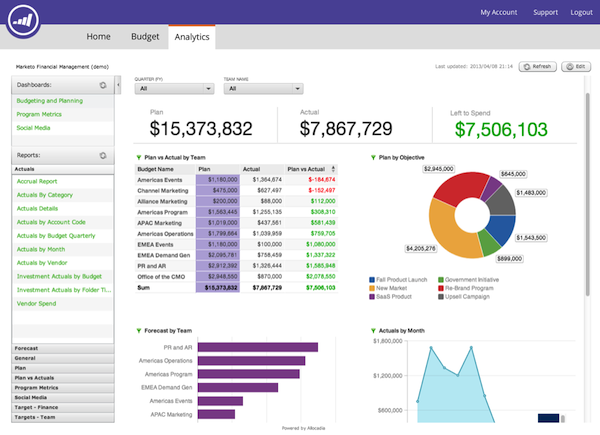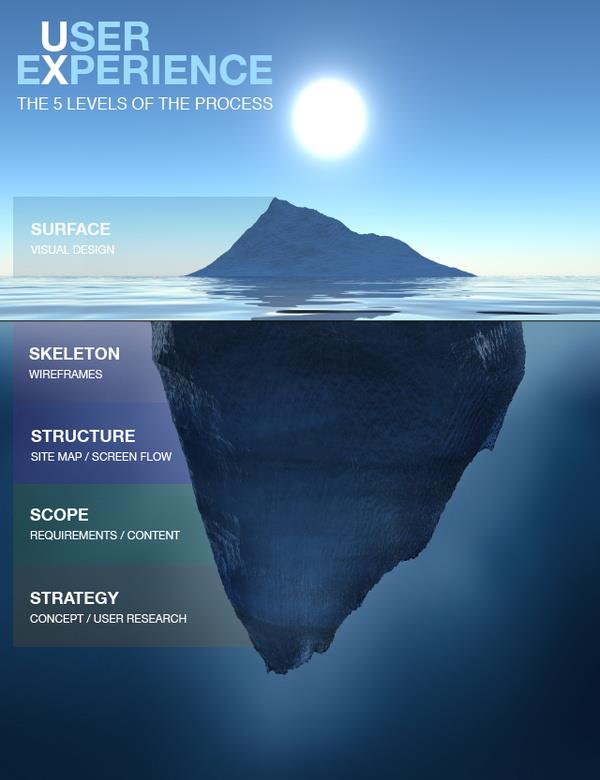
Here is an interesting article on Revolutionary vs. Evolutionary design by Frank Spillers I’ve summarized and injected my opinion below.
Should design be evolutionary, or revolutionary? Let’s take a step back and look at what each of those mean in terms of product development.
An application that releases small updates frequently evolves at a certain pace, evolutionarily. A revolutionary design overthrows the old order of design and interaction and introduces a fresh new alternative. I believe that both approaches are valid depending on which point in life an application finds itself, as well as what user feedback says.
The problem with evolutionary design is that it could give the users the feeling of it “aging without changing”. Furthermore, many organizations believe that revolutionary design would unleash too much change on users and result in a backlash. However if a proper user centered process is in place, this backlash should not happen. Many users have a notion engrained in them: “Why are you redesigning it again? I don’t want to learn how to use it again”. This statement fully portrays both the problem and the solution to revolutionary design. It is important to start by understanding your users through thorough research, and then design the new solution around their needs and expectations.
So when should we decide to revolutionize rather than evolve a product?
- Firstly, the key to this question is to understand your users. In order to understand them, get in depth feedback through proper usability testing. Observed behavior is invaluable in the user experience process.
- Secondly, assess the value of each new feature and how much it would impact users. Deciding on the best timeline for both business and users will help map out where to evolve and where to revolutionize.
- Thirdly, if an organization does go through a revolutionary revamp, then they should go out with a big bang. Usability enhancements are often applied incrementally without making fundamental improvements to desirability. Furthermore it would give the organization a lot of meat to work with in terms of marketing to new users.











